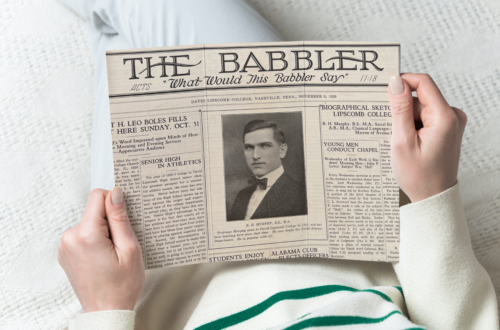Wolfman fails to bring originality
The Wolfman follows the formula of a typical werewolf movie, but its writers failed to contribute anything original to the storyline.
With nothing to set it apart from other werewolf movies, besides the big-named cast, audiences watch the fulfillment of their lowest expectations.
At the request of Gwen (Emily Blunt), his brother’s fiancée, Lawrence Talbot (Benicio Del Toro) comes back to his former home at his father’s (Anthony Hopkins’) estate in Blackmoor, England to investigate the disappearance of his brother.
Talbot arrives only to discover that his brother’s body was found in a ditch, the victim of a gruesome killing. Upon further investigation, Talbot discovers that other citizens have fallen victim of a vicious beast roaming their countryside.
In trying to kill the menace, Talbot finds more than he can handle. The werewolf either slaughters quickly or infects victims through its bite. Once the disease is transmitted, the victim becomes a problem every full moon.
The crisis escalates rapidly and a Scotland Yard inspector (Hugo Weaving) comes to try to restore order to the small English village. Soon all eyes are on Talbot because everyone knows he was bitten in trying to chase down the werewolf that mauled his brother.
Director Joe Johnston’s Wolfman, starring Benicio Del Toro, Anthony Hopkins, Emily Blunt, and Hugo Weaving, hit theaters Feb. 12th. The film is a departure from Johnston family-friendly features such as Honey, I Shrunk the Kids, Jumangi and October Sky.
Johnston, like many before him, tries to turn the history behind the myths of lunatics and lycanthropy into reality on the big screen.
The word “lunatic” comes from the Latin root “luna”, which means the moon. The derivation is a result of the myth that cycles of the moon caused patterns of madness and irrationality in people with mental illness.
The term “lunatic” or “loony” became a colloquialism that referred to people who were perceived as crazy. Sometimes lunatics, or irrational people, believed that they could transform into another being.
Lycanthropy refers to the transformation of a human into a wolf. This imaginative composite of physical forms is an embellishment of the very real compounded mental state of a schizophrenic.
Johnston does not include these cultural and historical details in the story to maintain a sense of realness for his audience.
Danny Elfman did a great job as music director for the film. However, unlike his usual expertise, Elfman conducted overly dramatic pieces in sync with shots that had no suspense.
Set decoration and costume design were better than average. I really felt like I was in the 19th century when watching the movie.
In a metaphorical interpretation, the transformation into a werewolf represents the original sin that every person faces. Severe sins often do seem to originate from a primal place.
The question is: “where does the man end and the beast begin?”



